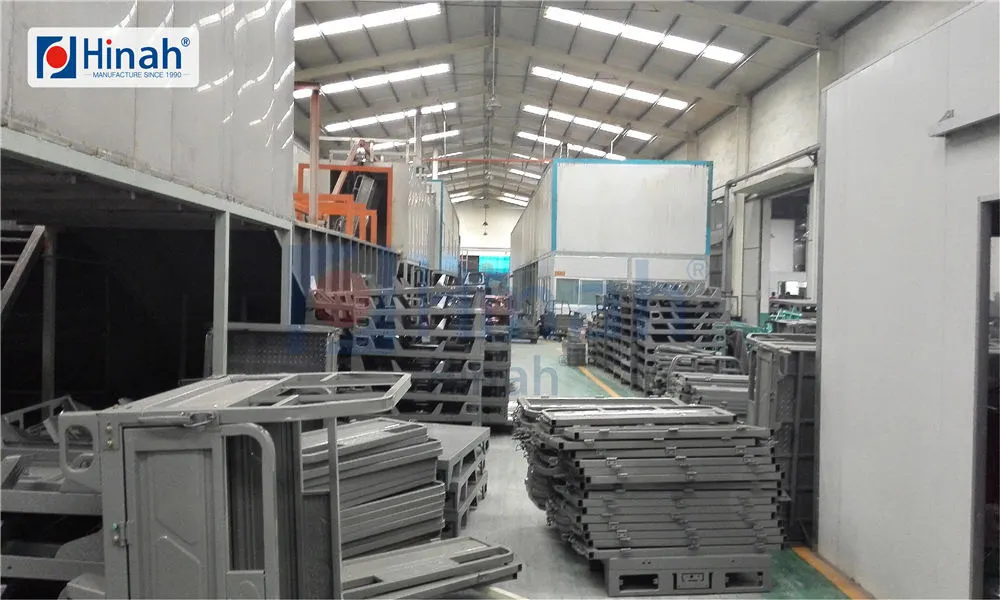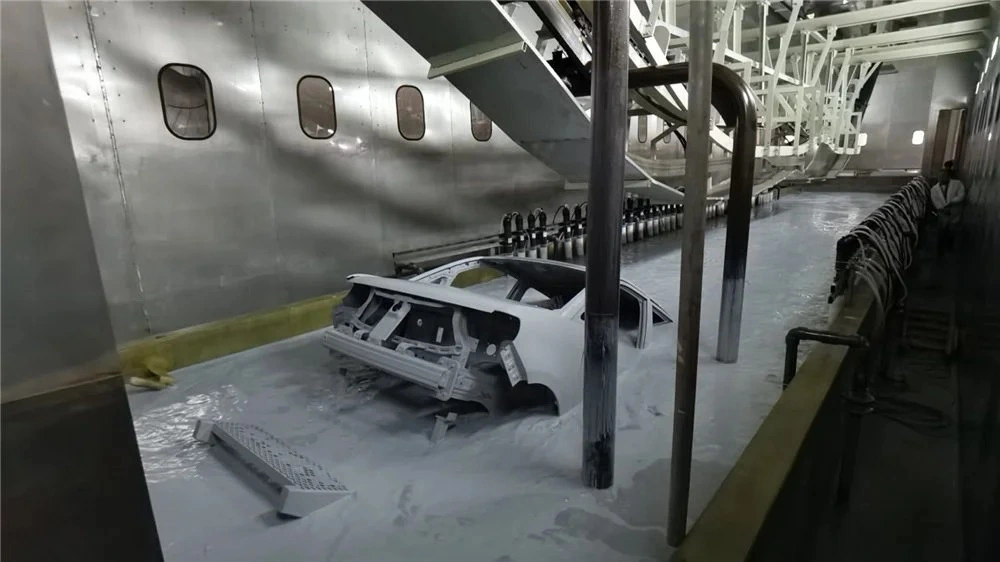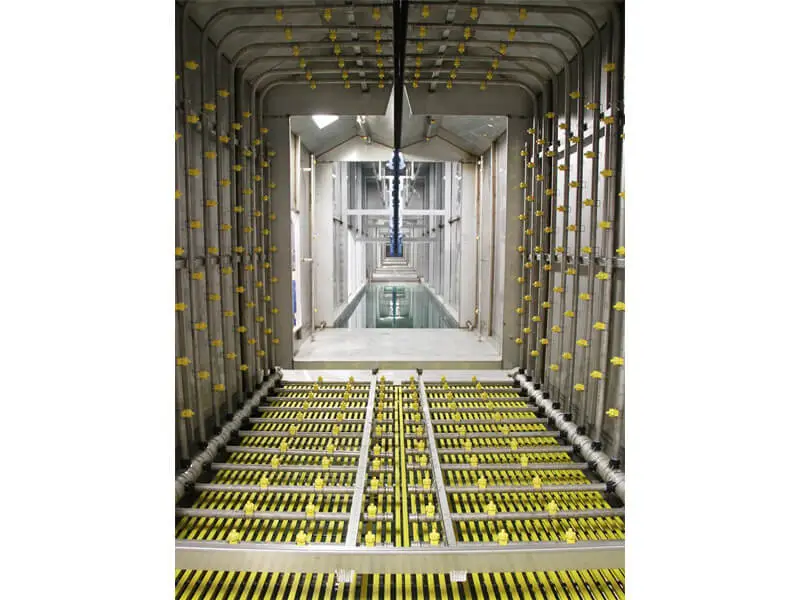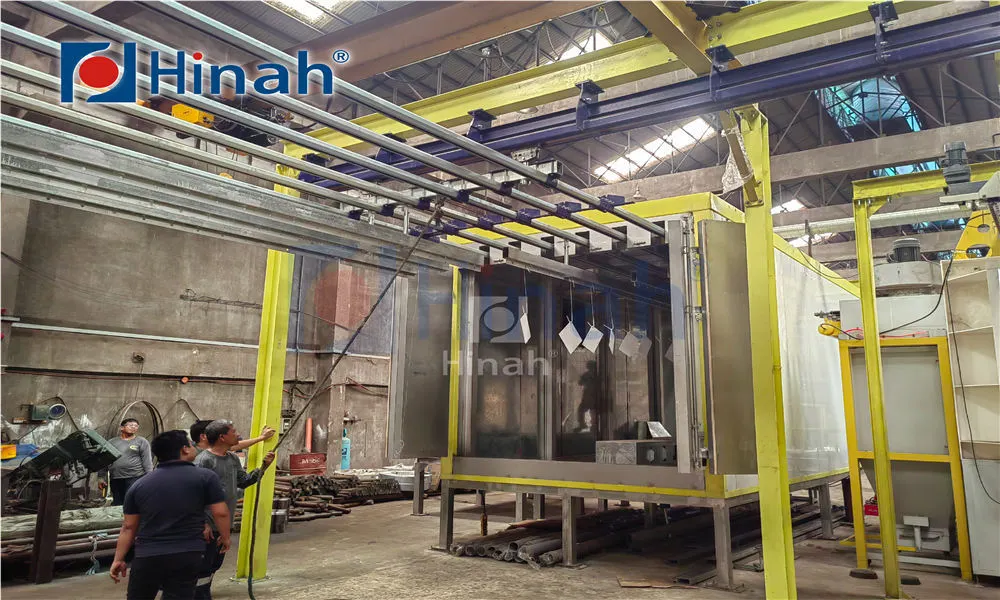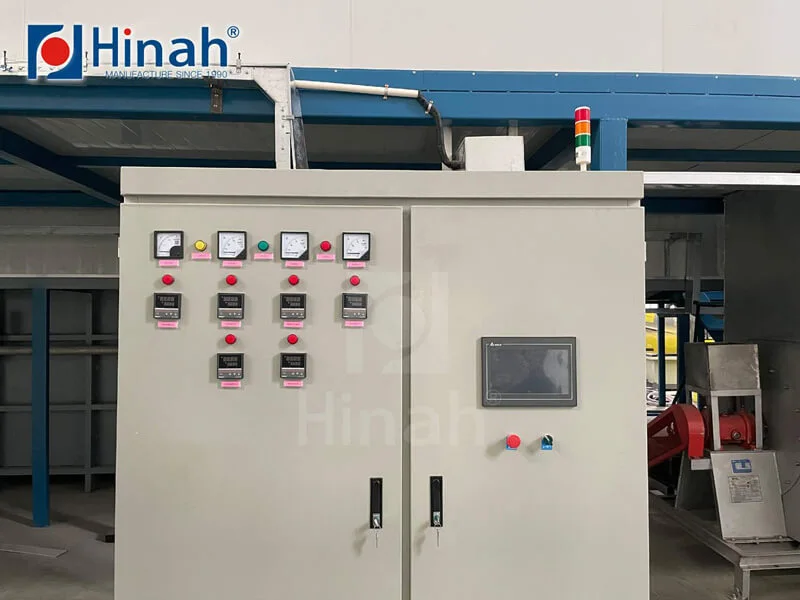In the world of industrial finishing, the curing oven is the unsung hero. It’s the critical piece of equipment that transforms a carefully applied layer of powder coating into a durable, high-performance, and visually stunning finish. While much attention is given to the application process, the truth is that a poorly cured coating is a failed coating, regardless of how perfectly it was sprayed. For professionals in the international powder coating sector, understanding and optimizing the curing process is non-negotiable for quality, efficiency, and profitability.
This comprehensive guide will walk you through the seven essential factors that determine the success of your powder coating operation, with a dedicated focus on the role of the industrial curing oven.
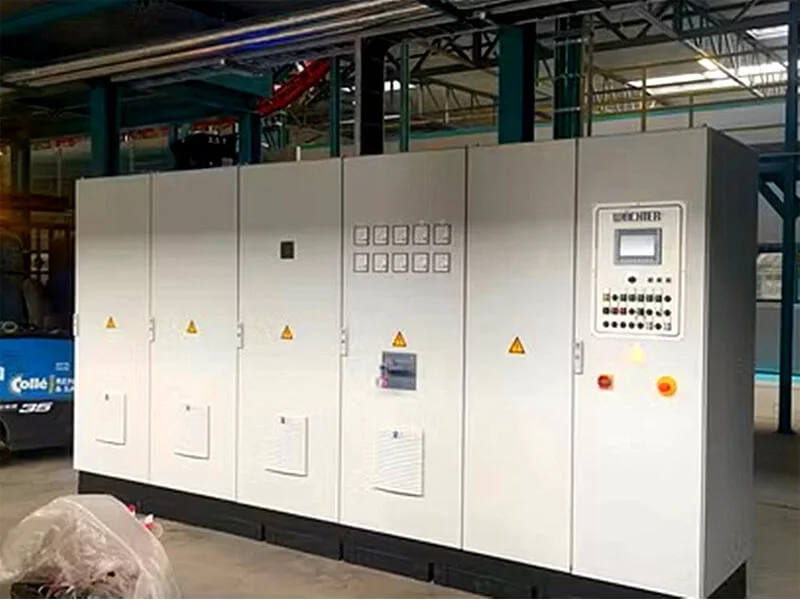
1. Understanding the Core Science: What is a Curing Oven?
At its heart, a curing oven is a thermally insulated chamber used to subject a coated part to a specific, controlled temperature for a predetermined time. The goal is straightforward: to initiate a chemical cross-linking reaction within the powder coating.
Before this happens, the powder is a loose collection of resin polymers, curatives, pigments, and additives. When heated to its specified cure temperature, the powder particles melt, flow out to form a continuous film, and then undergo a thermosetting reaction. This reaction creates strong molecular bonds within the coating, giving it its exceptional properties—resistance to impact, corrosion, chemicals, and UV light. Without the proper environment provided by a powder coating oven, this transformation simply cannot occur.
2. The 7 Key Factors for Perfect Curing Every Time
Achieving a perfect finish is a function of controlling several interdependent variables.
Factor 1: Temperature Accuracy and Uniformity
This is paramount. Simply reaching a target temperature on a controller is not enough. The entire thermal chamber must maintain a uniform temperature to ensure every part, and every surface of a single part, cures evenly. Hot spots can lead to over-curing (brittleness, discoloration), while cold spots result in under-curing (soft, sticky film, poor adhesion). High-quality curing ovens from manufacturers like HANNA employ advanced airflow engineering and burner systems to guarantee temperature uniformity, often within ±5°C.
Factor 2: Time at Temperature: The Cure Schedule
Every powder coating has a specific cure schedule provided by its manufacturer, typically expressed as a time at a particular metal temperature (e.g., 10 minutes at 185°C). It is crucial to understand that this refers to the part's metal temperature, not the air temperature inside the oven. The part must have enough dwell time inside the industrial curing oven to absorb the heat and reach this target temperature for the full duration. Rushing this process is a common cause of coating failure.
Factor 3: Airflow and Ventilation
Proper airflow serves two critical purposes. First, it ensures heat is transferred efficiently and uniformly to the parts via convection. Second, it ventilates the volatile organic compounds (VOCs) and byproducts released during the curing process. An inadequately ventilated powder coating oven can lead to contaminated finishes, orange peel texture, and unsafe working conditions.
Factor 4: Heat Source Selection: Gas vs. Electric
The choice between gas and electric heating has significant implications for operating costs and performance.
Gas Curing Ovens: Typically more cost-effective to operate, especially for high-volume production. They offer rapid heat-up and recovery times. Modern direct-fired gas systems are highly efficient, though indirect-fired systems are necessary if combustion byproducts could contaminate the finish.
Electric Curing Ovens: Offer exceptionally clean, contaminant-free heat, making them ideal for sensitive applications. They can be easier to install but often have higher ongoing energy costs. The choice depends on your specific production volume, local utility costs, and product requirements.
Factor 5: Oven Design and Part Configuration
How parts are loaded and moved through the curing stage is a critical consideration. The main types of systems include:
Batch Ovens: Ideal for low-volume, high-mix production or very large, bulky items. They offer great flexibility.
Conveyorized Ovens: The backbone of high-volume production lines. These can be overhead monorail or conveyorized curing ovens, ensuring a consistent and automated flow of parts through the heating cycle.
Factor 6: Energy Efficiency and Sustainability
With rising energy costs, the efficiency of your thermal system is a major operational expense. Investing in a well-insulated oven with heat recovery systems and high-efficiency burners can lead to substantial savings and a reduced carbon footprint. When selecting a custom curing oven, discussing energy-saving features with your supplier should be a top priority.
Factor 7: The Critical Role of Customization
Perhaps the most overlooked factor is that a one-size-fits-all approach rarely works in industrial finishing. Every facility has unique space constraints, production rates, and product mixes. This is where the value of a custom curing oven becomes apparent. A custom powder coating oven solution from a trusted brand like HANNA is engineered to fit your specific workflow, maximizing throughput and quality while minimizing your facility's footprint and energy consumption.
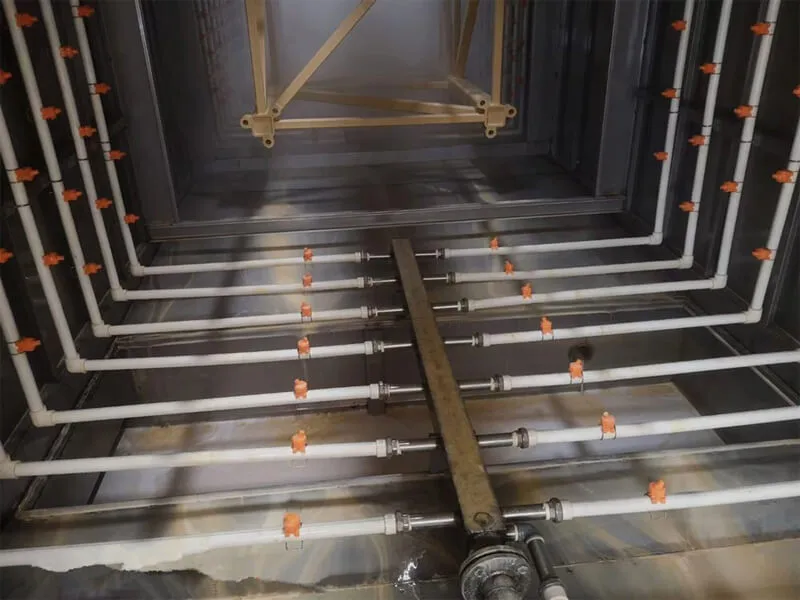
3. Why a HANNA Curing Oven is a Strategic Investment
Choosing a curing oven is a long-term capital decision. Partnering with an experienced manufacturer like HANNA provides more than just a piece of equipment; it provides a solution built on engineering excellence. HANNA's industrial curing ovens are known for their robust construction, precise temperature control, and innovative designs that prioritize both performance and operator safety. By offering both standard and fully customized powder coating solutions, HANNA ensures that your investment is perfectly aligned with your production goals, delivering a rapid return through higher quality, reduced reject rates, and lower operating costs.
The curing oven is where the magic of powder coating truly happens. It is the crucial step that determines the final quality, durability, and appearance of your product. By mastering the seven factors outlined in this guide—from temperature control and cure schedules to the strategic advantages of a custom curing oven—you can transform your finishing line from a cost center into a competitive advantage. Don't let an inadequate curing process be the weak link in your chain. Invest in the engineering and technology that guarantees a perfect finish, time after time.
Frequently Asked Questions (FAQs) About Curing Ovens
Q1: What is the difference between a drying oven and a curing oven?
A1: A drying oven primarily removes moisture or solvents from a material through evaporation, a physical change. A curing oven, specifically a powder coating oven, causes an irreversible chemical reaction (cross-linking) that transforms the coating from a loose film into a hard, durable thermoset plastic.
Q2: How can I tell if my powder coating is under-cured or over-cured?
A2: Under-cured coating will be soft and gummy; it may fail a simple acetone rub test (where a cloth with acetone is rubbed on the coating, causing it to degrade if under-cured) and have poor adhesion. Over-cured coating will be brittle, may show discoloration (yellowing), and can have reduced impact resistance.
Q3: What are the benefits of a custom curing oven versus a standard off-the-shelf model?
A3: A custom curing oven is designed to meet your exact production needs, space constraints, and specific product requirements. Benefits can include optimized workflow, higher energy efficiency, perfect fit for part size and shape, and higher throughput, leading to a better return on investment compared to a standard model that may require you to compromise your process.
Q4: My production rate has increased. Can my existing curing oven be modified to handle more capacity?
A4: In many cases, yes. Reputable manufacturers like HANNA often offer retrofit and upgrade services for existing industrial curing ovens. This can include extending the length of a conveyorized oven, upgrading the heating system for faster recovery, or improving insulation. It's best to consult with the original equipment manufacturer for an assessment.
Q5: What maintenance does a powder coating curing oven require to ensure consistent performance?
A5: Regular maintenance is crucial. Key tasks include: cleaning or replacing air intake and exhaust filters to maintain proper airflow, inspecting and cleaning burners or heating elements, verifying the calibration of temperature sensors and controllers, checking for and repairing any damaged insulation or seals on doors, and ensuring all safety interlocks are functioning correctly. A scheduled maintenance plan from your supplier can prevent unexpected downtime.


